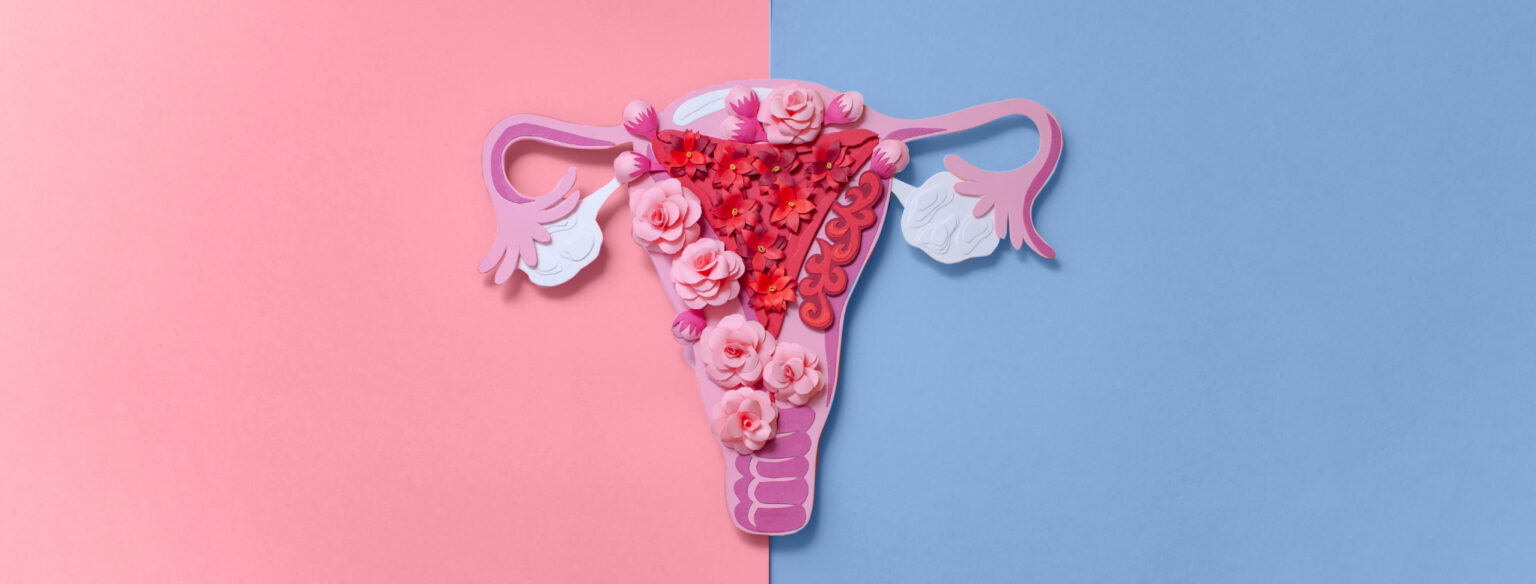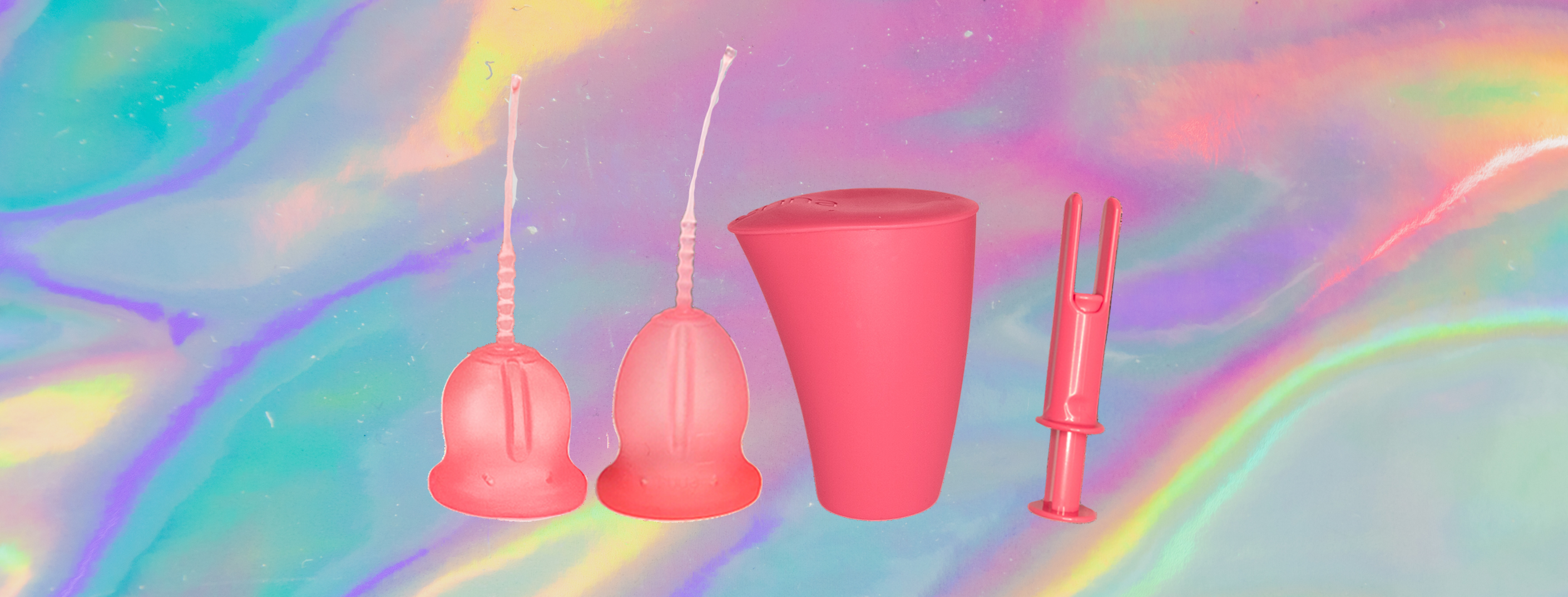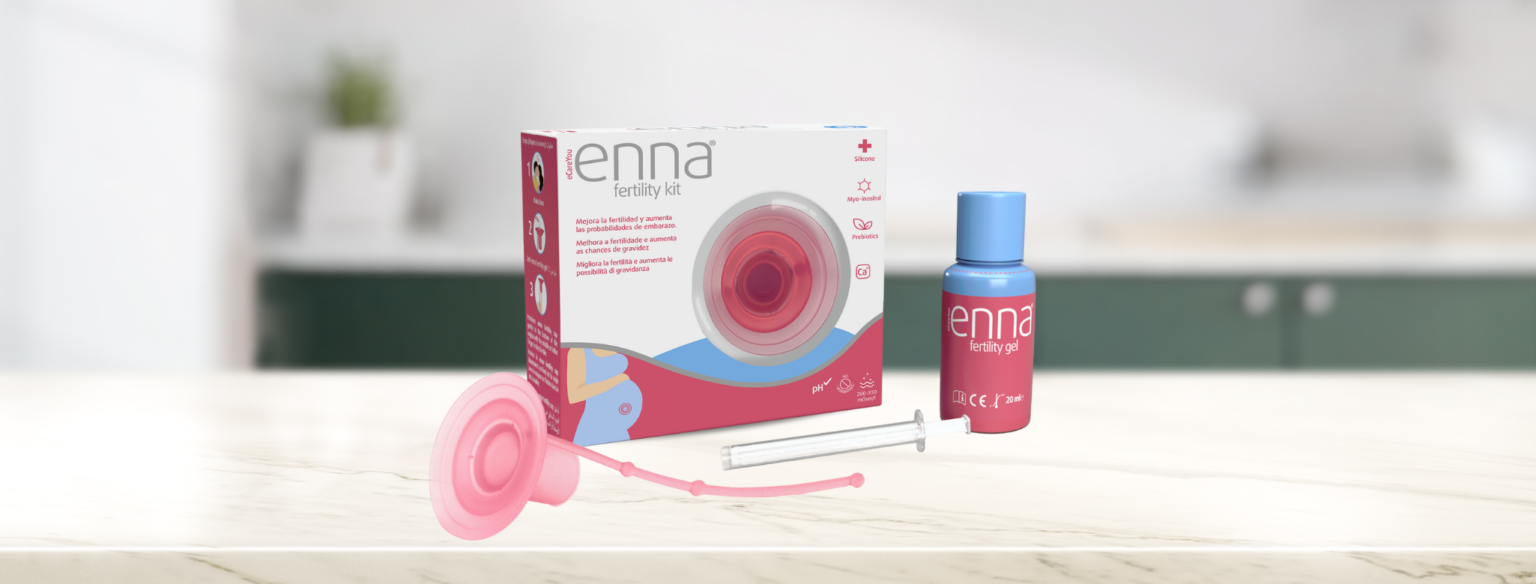Despite the fact that endometriosis affects 1 in 10 women, there is still not a lot known about it. This disease is often covered up by the belief that periods are painful, meaning that girls who suffer from endometriosis are frequently accused of being weak, and told that what they are feeling is normal and they should learn to live with this discomfort. The worst thing is that these accusations have also been heard coming from professional gynaecologists who still don’t have enough information about the condition.
Endometriosis tends to be diagnosed in women aged between 25 and 40 years and this is not a quick diagnosis. Although some research has been done on the disease, it is still unknown why some women suffer from it and others don’t.
Symptoms of endometriosis
When a woman suffers from endometriosis, it means that there is tissue similar to that of the endometrium outside the uterus. The most common places are the ovaries, peritoneal ligaments and surface, the intestine and/or the bladder. When tissue is found in the ovaries, cysts called endometriomas may form. However, tissue may also appear in the lungs or skin, far from the pelvic area mentioned before.
As a result of this endometrial tissue being out of place, parts of our body bleed which shouldn’t do when we are on our period, meaning that one of the main characteristics of endometriosis is intense pain. Imagine your uterus and other areas bleeding and becoming inflamed all at the same time.
- Dysmenorrhoea. Intense period pain is the most recognisable symptom of endometriosis. This pain stops women from leading a normal life.
- Hypermenorrhoea. Heavier periods than normal.
- Pelvic pain. This can appear during or outside menstrual periods. It affects 75% of people who suffer from endometriosis.
- Painful sex. This might appear during sex (dyspareunia, painful intercourse) or afterwards.
- Bleeding between periods. Endometriosis can bring about changes to the menstrual cycle, so even if the cycle seems to be regular, bleeding may appear between periods called “abnormal uterine bleeding”.
- Fertility problems. An estimated 50% of women with endometriosis have fertility problems.
- Digestive problems such as bloating or nausea related to the pain.
- Fatigue, weakness and dizziness.
Causes of endometriosis
Although it is unknown why endometriosis appears, or why it affects some women and not others, a few possible reasons have been established:
- On the one hand, it is believed that some menstrual blood flows through the fallopian tubes and into the abdomen instead of leaving the body. However, this also happens in many women who don’t develop endometriosis.
- On the other hand, it could be an immune system disorder. In this case, the body is unable to recognise the endometrial cells as foreign and clears the way for them to move to other organs.
- This may also be due to an excess of oestrogen.
So can endometriosis be treated?
Although there is no cure for endometriosis, hormone treatments are usually recommended to try and ease symptoms. The most common treatment types are oral contraceptives which make the menstrual cycle lighter, progestins which help relieve pain, and GnRH analogues which reduce the production of oestrogen until the cycle and menstruation eventually stop.
Surgical treatments are also an option and these are more aggressive. They involve a laser being applied to the implants or endometriomas in order to reduce them, drain them or get rid of them.
As there is still so much we don’t know about endometriosis, a laparoscopy is required for an accurate diagnosis. This operation makes it possible to examine the pelvic organs and whether it is necessary to remove the implants and scar tissue.
Can I use the menstrual period cup if I suffer from endometriosis?
You can use your enna cycle cup no problem, as long as you have no cysts in the vagina, as this would make it uncomfortable to wear. We recommend you see your gynaecologist if you feel any discomfort. However, soft cups such as enna cycle cause fewer problems as the process of inserting and taking the menstrual period cup out is gentler than with harder cups.
What’s more, a study published in the journal Fertility and Sterility in 1997 indicates that the specimens collected with the menstrual period cup are viable even after five days of culture, and states that they “contain viable endometrial tissue that can be used for in vitro studies of endometrium and endometriosis”, so the menstrual period cup may be the key to a breakthrough in this field.






